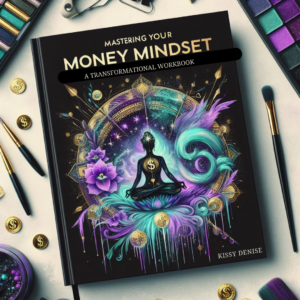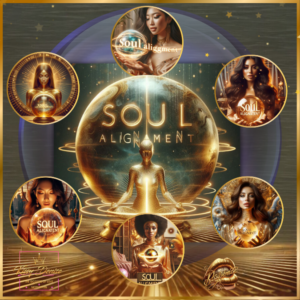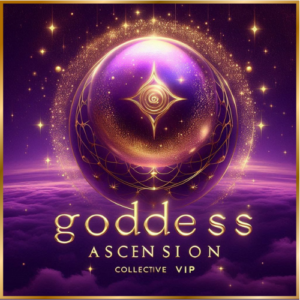The kind of of love or romantic connection that was more common or idealized in the 1990s while listening to R&B groups like Jodeci sing, is a deep kind of soulful love, that required a person be connected to their heart.
Often when dating a single in their 40’s will notice their dating and relationship desires don’t align with the dating culture or relationship dynamics of the current year, 2023, where most people haven’t the faintest idea of what real love is.
The dating landscape and norms have evolved significantly between the 1990s and today.
Here are some notable differences in dating culture and practices:
- Technology and Online Dating: One of the most significant changes is the advent of technology and the rise of online dating platforms. In the 1990s, online dating was virtually nonexistent, while today, it’s a common way for people to meet potential partners.
- Communication: In the 1990s, communication was primarily through landline phones, answering machines, and handwritten letters. Today, communication is much more immediate and constant due to smartphones, texting, and social media.
- Meeting Places: The places where people meet have shifted. In the 1990s, meeting through mutual friends, school, work, or social events was more common. Nowadays, people might meet through dating apps, social media, or online interest groups.
- Casual Dating and Hookup Culture: Casual dating and hookup culture have become more prevalent in recent years. This has been facilitated by dating apps and a more open attitude toward non-traditional relationship dynamics.
- Gender Roles and Equality: There has been a shift towards more egalitarian dating norms. While traditional gender roles were more prominent in the 1990s, modern dating emphasizes equality and shared responsibilities.
- Social Expectations: The expectations surrounding dating milestones might have shifted. In the 1990s, there might have been more emphasis on “traditional” steps like going on formal dates and meeting parents. Nowadays, people may take a more flexible and individualized approach to these milestones.
- Authenticity and Self-Presentation: With the rise of social media, individuals may feel more pressure to curate their online personas. In the 1990s, people might have had a clearer sense of who someone was without the constant online presence.
- Diversity and Inclusivity: There is a greater awareness and acceptance of diverse sexual orientations, gender identities, and relationship structures today, leading to a more inclusive dating landscape.
- Pace of Dating: With technology, communication can happen faster, and relationships might progress more quickly in some cases. In the 1990s, there might have been a slower pace of getting to know someone due to limited communication options.
It’s important to note that these are general trends, and individual experiences may vary. While some people might embrace modern dating practices, others may prefer a more traditional approach. The most important aspect of dating is finding what aligns with your values, needs, and comfort level.
Would you like to know what specifically about you must change in order to get what you want?
Book Your Complimentary Love & Clarity Call











